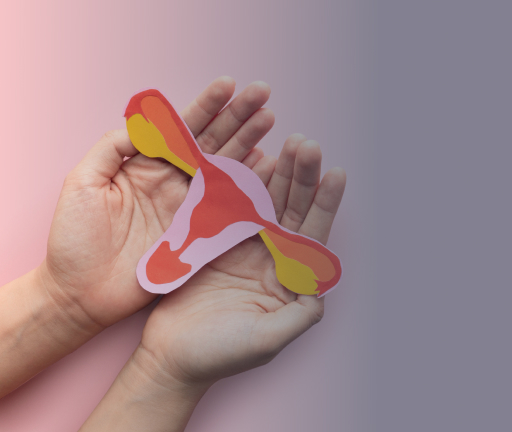Tubal recanalization, also known as fallopian tube recanalization, is a medical procedure that is used to reopen blocked or occluded fallopian tubes. This procedure is typically performed on women who have experienced infertility due to blockage of the fallopian tubes, which prevents eggs from reaching the uterus and makes it difficult for fertilization to occur. It is also done for women who earlier underwent Tubal Ligation but wish to conceive again.
There are different methods for performing tubal recanalization, including hysteroscopic, laparoscopic, and fluoroscopic techniques. Each technique involves the use of specialized equipment and instruments to access the fallopian tubes and clears any blockages.
Hysteroscopic recanalization involves inserting a small camera (hysteroscope) through the cervix and into the uterus to visualize the fallopian tubes. A thin wire or catheter is then inserted through the hysteroscope and into the fallopian tubes to clear any blockages.
Laparoscopic recanalization involves making small incisions in the abdomen and using a laparoscope (a thin, lighted tube with a camera) to visualize the fallopian tubes. A special dye may be injected to help locate any blockages, which can then be removed using microsurgical instruments.
Fluoroscopic recanalization uses X-ray imaging to guide the placement of a small catheter into the fallopian tubes. A contrast dye is then injected to visualize any blockages, which can be removed using specialized instruments.
Tubal recanalization is generally considered a safe and effective procedure, but there are some risks involved, including bleeding, infection, and damage to surrounding organs. Additionally, there is a risk of ectopic pregnancy (a pregnancy that develops outside of the uterus) following tubal recanalization, so women who have undergone this procedure should be closely monitored once they test positive for pregnancy.
Overall, tubal recanalization can be an effective option for women who have experienced infertility due to blocked fallopian tubes. However, the success of the procedure depends on several factors, including the severity and location of the blockage, the technique used, and the underlying cause of the blockage



